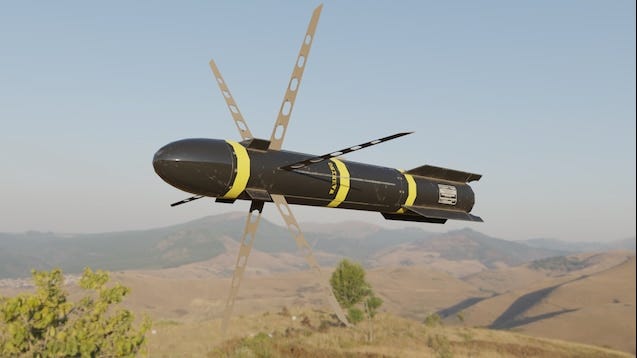Could Ukraine Ever Get the Ninja Bomb? A Realistic Look
The US hasn't actually confirmed its existence - officially

In the long and bloody story of American drone warfare, the Hellfire missile has earned a place of infamy and fascination.
Originally designed to punch through Soviet tanks during the Cold War, the AGM-114 Hellfire evolved into …
Keep reading with a 7-day free trial
Subscribe to Eyes Only with Wes O'Donnell to keep reading this post and get 7 days of free access to the full post archives.


